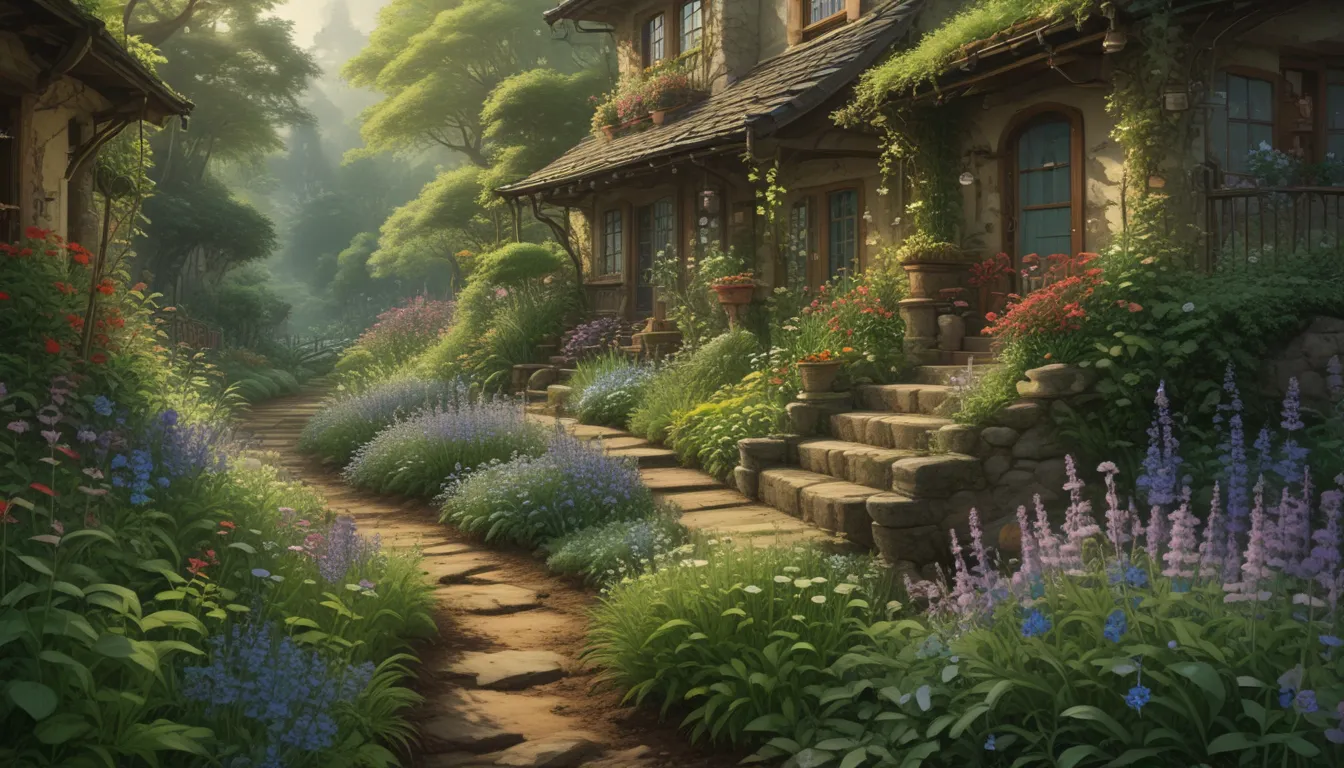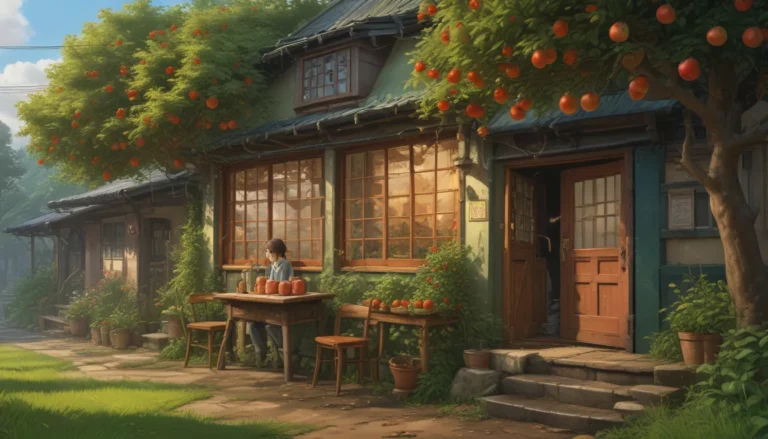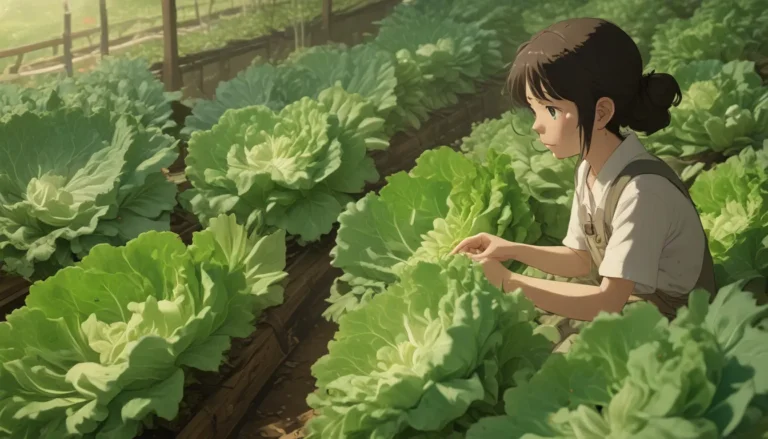A Comprehensive Guide to Planting and Growing Garden Lobelia

Are you on the lookout for a vibrant and reliable annual plant to add some pops of color to your garden, even in those cooler or shadier areas? Look no further than garden lobelia! This old-fashioned charmer blooms in waves of brilliant blues, pinks, purples, and white all summer long, making it a perfect addition to any garden or containers.
With its pretty, dainty foliage and two different growth habits available, lobelia provides excellent versatility in the garden or in pots. From edging to cascading out of hanging baskets, this fast-growing plant is a favorite among gardeners for its low maintenance and stunning display.
Let’s delve into everything you need to know about planting and growing Lobelia erinus.
What You’ll Learn
- Cultivation and History
- Propagation
- How to Grow
- Pruning and Maintenance
- Growing Tips
- Cultivars and Series to Select
- Managing Pests and Disease
- Best Garden Uses
- Quick Reference Growing Guide
Cultivation and History
Originating from southern Africa, Lobelia erinus is a popular choice for containers, border edging, hanging baskets, rockeries, and window boxes. This tender perennial is commonly grown as an annual due to its low, trailing growth habit that adds ornamental value wherever it’s planted.
Belonging to the bellflower or Campanulaceae family, lobelia features tubular flowers in shades of blue, mauve, pink, violet, and white, attracting butterflies and other pollinators. The plant blooms from mid-spring to early autumn, thriving in cooler temperatures and light shade.
Introduced into Holland from South Africa in the 1680s, lobelia gained popularity in England in the 1760s and became a favorite for mass planting during the Victorian era. In North America, lobelia made its way into gardens in the mid-1800s, charming gardeners with its vibrant colors.
Garden Lobelia Propagation
Lobelia seeds are tiny but easy to cultivate. Starting indoors about eight to 12 weeks before transplanting is ideal for better germination rates. Pelleted seeds or trays with plug inserts can aid in transplanting, ensuring minimal plant loss.
Sow seeds on the surface of a good seed-starting mix, keep them moist, and provide adequate light and warmth for germination. After hardening off, transplant seedlings into well-draining soil enriched with organic matter outdoors.
How to Grow Garden Lobelia Flowers
Lobelias thrive in full sun to part shade and prefer slightly acidic soil with good drainage. Regular feeding with a balanced fertilizer and consistent watering are essential for optimal growth.
In extreme heat, lobelia may require pruning to encourage continuous blooming. Trailing varieties are excellent for containers and hanging baskets, while compact types work well as edging plants or fillers in beds.
Pruning and Maintenance
Lobelia is a low-maintenance plant, but older cultivars may suffer dieback in extreme heat. To rejuvenate them, cut back by one-third and provide some shade. Regular watering and feeding will help them recover quickly.
Growing Tips
- Choose heat-tolerant varieties for hot summer climates.
- Keep the soil evenly moist to avoid root rot.
- Feed with a balanced fertilizer every two weeks.
- Compact varieties are great for edging, while trailing types are perfect for containers and hanging baskets.
Garden Lobelia Cultivars and Series to Select
There is a wide variety of lobelia cultivars available to suit every gardener’s preferences. Some popular options include:
- Blue Carpet: Sky blue flowers, ideal for beds and containers.
- Cambridge Blue: Powder blue flowers, perfect for shady corners.
- Crystal Palace: Lilac-blue flowers with bronze-tinged foliage.
- Laguna Compact Blue: Lagoon-blue flowers on compact plants.
- Laguna Dark Blue: Masses of azure blue flowers all summer.
- Laguna White: Heat-tolerant, pure white flowers.
- Lucia Ultraviolet: Bright magenta blooms for containers.
- Rosamond: Rosy pink flowers with white eyes.
- Sapphire: Deep sapphire-blue flowers with white eyes.
- Palace Series: Mixed blend in regal shades of blue.
- Regatta Series: Bright colors like lilac, marine blue, and rose.
Managing Pests and Disease
Lobelia plants are generally healthy and resistant to pests and diseases. Heat-induced dieback is the most common issue, but this can be managed by providing shade or planting heat-tolerant varieties. Seedlings may suffer from damping off, a fungal disease that can be prevented by improving air circulation and maintaining proper watering practices.
Best Uses for Garden Lobelia Flowers
Compact, mounding cultivars are perfect for edging and filling beds, while trailing varieties are excellent for containers and hanging baskets. Mass plantings of a single color create a visual impact in-ground.
With these growing tips in mind, you can enjoy a vibrant, colorful display of lobelia flowers throughout the summer in your garden.
For a reliable splash of color in your garden, consider planting annual lobelia. Easy to grow and maintain, these delightful flowers will brighten up your garden from spring to fall. Do you have a favorite way to plant lobelia? Let us know in the comments!
For more information on flowers and gardening, explore our other growing guides:
- How to Plant and Grow the Glorious Marigold
- Take the Fuss Out of Verbena: A Growing Guide
- Grow Sweet Alyssum for a Long Season of Fragrant Blooms





